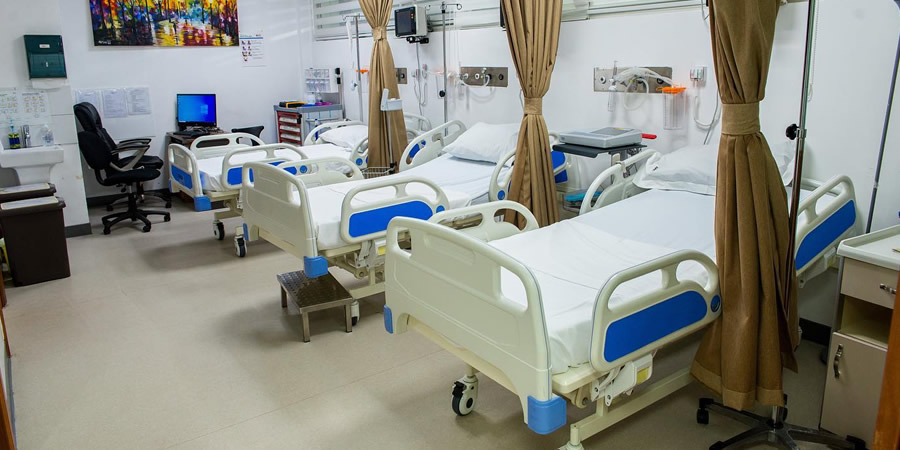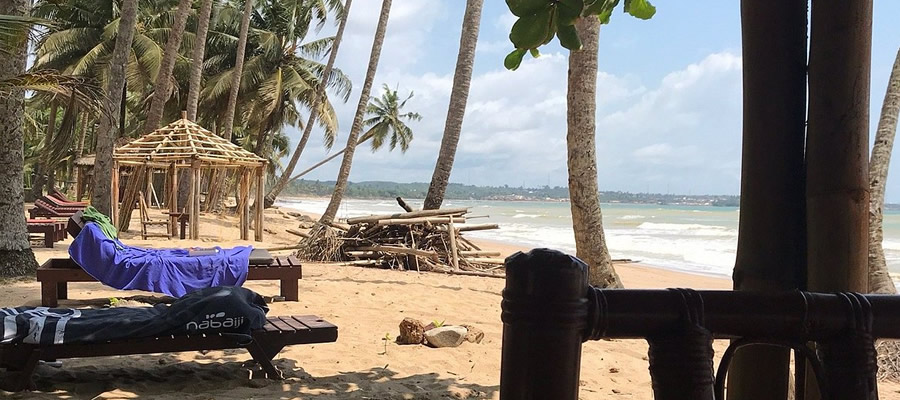

GOVERNANCE
The Nzema East Municipal Assembly is the highest administrative and political authority in the Municipality charged with the responsibility of formulating and implementing development plans, programmes and projects. It is responsible for the overall development of the Municipal throughthe preparation of development plans and related budgets.
The Assembly is also to implement, monitor and evaluate programmes, strategies and projects for effective mobilization of resources for development. The 25 Assembly members are elected from the 25 electoral areas through universal adult suffrage and 11 members appointed by government in consultation with the Traditional Authorities and other interested groups. The citizenry are the major stakeholders in the Assembly’s decision.
Their means of engagementis through both direct interactions and through their representatives. The stakeholders also includethe Assembly members, Traditional Authorities, Civil Society Organizations, Non-Governmental Organizations, Religious leaders, recognized organized bodies, etc.
Hazards
The activities of illegal miners continue to pose a threat to the people and the environment. Despite measures put in place bythe Government to halt this menace, it continuesto increase at an alarmingrate. Farmlands and forest are degraded to pave way for mining activities with no intentions of reclaiming the land. Pits and dugouts are left exposed and unreclaim which poses a danger to the inhabitants.
The water bodies in the Municipality are constantly under pollution with dirt and chemicals such as mercury and cyanide that kills the aquatic life in the water and adversely affectsthe lives of the people that use it as a source of drinking water. Refer to Appendix…2 -for risk assessment and hazard identification matrix
Disaster
In order to reduce vulnerability to climate change, the Assembly is focused on building adaptive capacity of the most vulnerable communities such as Brawire, Akyinim, Averebo, Duale, Ajomoro Eshiem, Kewku krom in reducing exposure or sensitivity to climate impact. Nevertheless, the Municipalityis not immune from disasters especially hydromet and domestic fires. These disasterslead to loss of lives and properties, loss of farmland, loss of natural resources and diversity, land degradation, etc.
Date Created : 11/11/2025 8:29:21 AM








 facebook
facebook
 twitter
twitter
 Youtube
Youtube
 +233 593 831 280
+233 593 831 280 0800 430 430
0800 430 430 GPS: GE-231-4383
GPS: GE-231-4383 info@ghanadistricts.com
info@ghanadistricts.com Box GP1044, Accra, Ghana
Box GP1044, Accra, Ghana